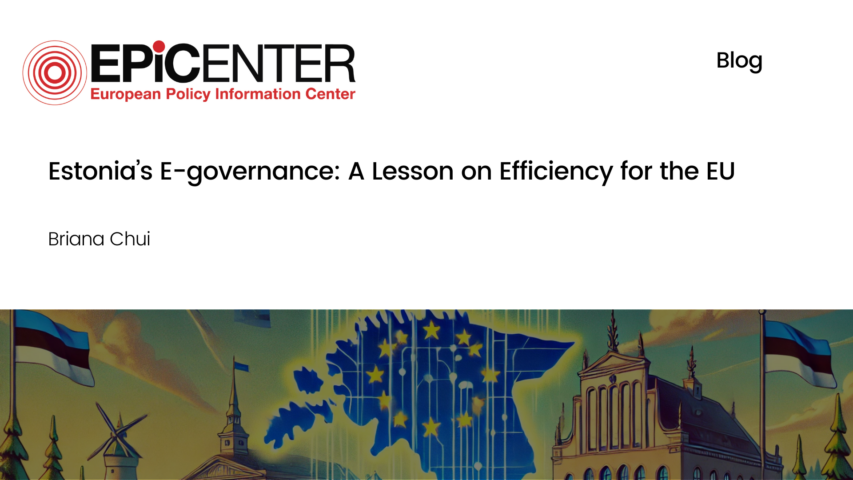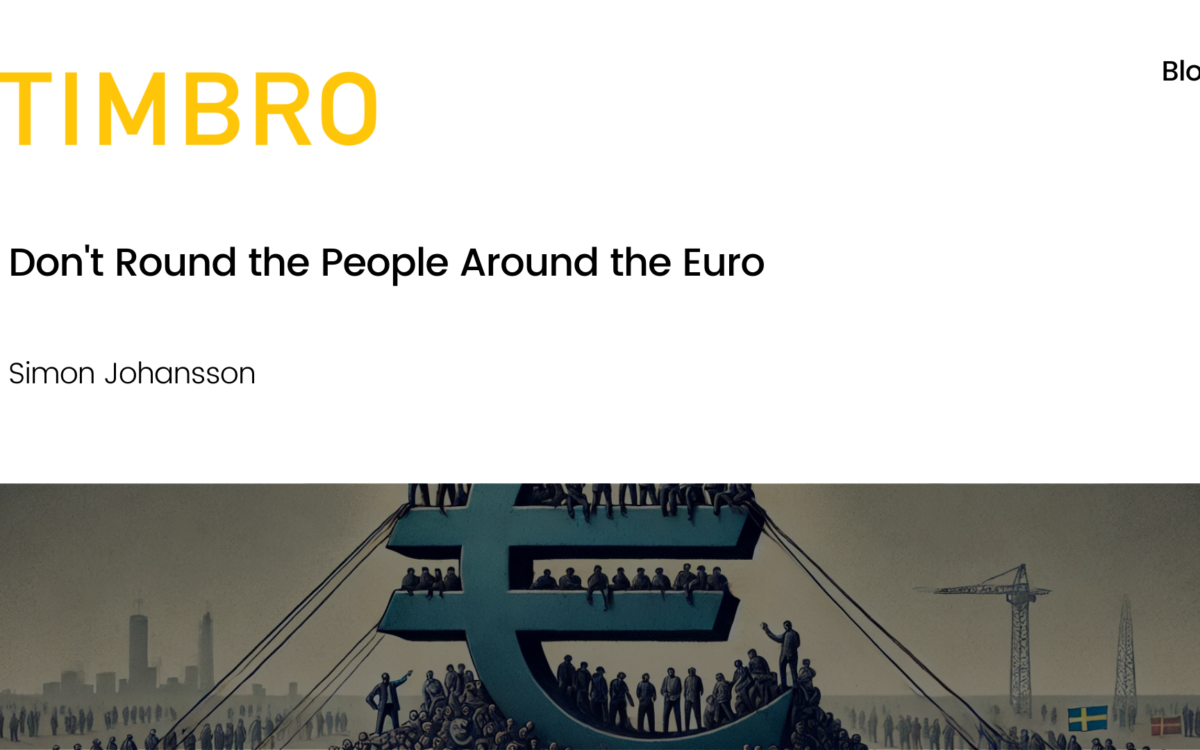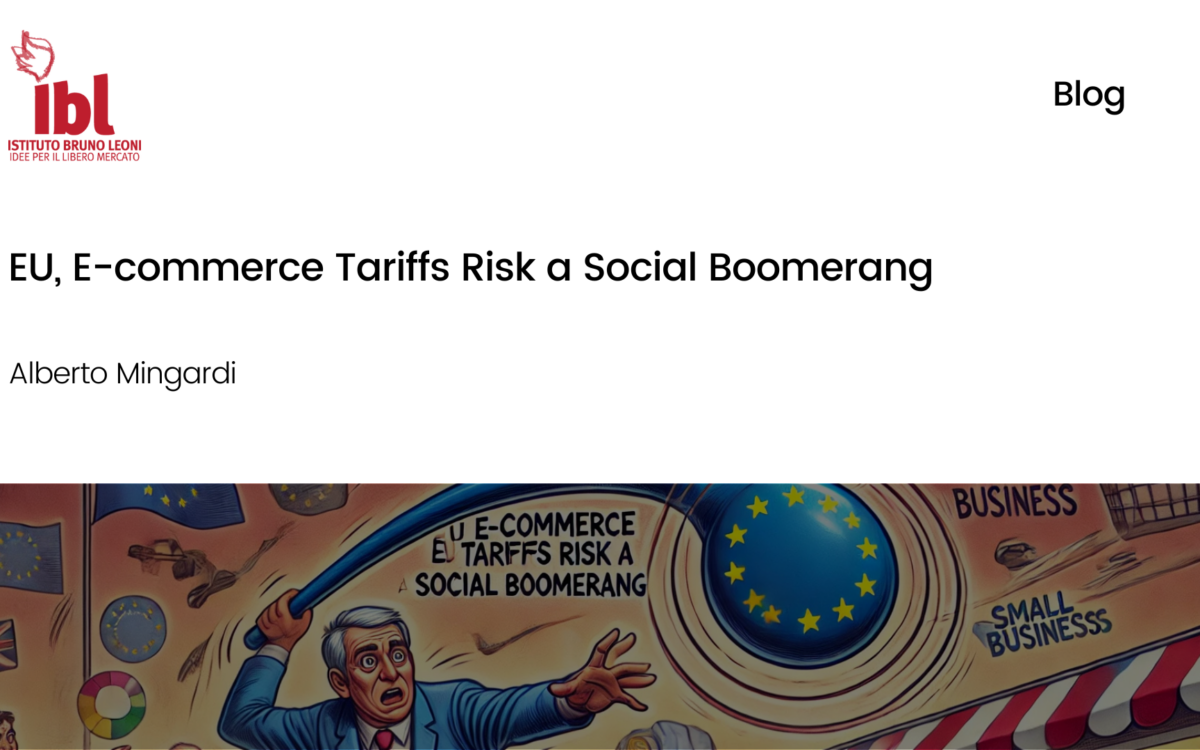Estonia’s E-governance: A Lesson on Efficiency for the EU

Estonia’s E-governance: A Lesson on Efficiency for the EU
Briana Chui // 2 June 2017
In April of last year, the European Commission released the European eGovernment Action Plan 2016-2020 which lines up the goals for the EU’s progress towards a digitalised system “to modernise public administration, to achieve the digital internal market, and to engage more with citizens and businesses to deliver high quality services.” In essence, the EU plans to expedite a number of administrative processes by transitioning them to the digital world which minimises the amount of unnecessary transactions such as queuing in-person for public services.
In a nutshell, the main priorities of the European eGovernment Action Plan are to 1) modernise public administration with information and communication technologies such as electronic identification (e-IDs) and e-signatures, 2) enable cross-border mobility via digital public services such as domestic electronic insolvency registers, and 3) facilitate digital interaction between administrative structures or people and citizens and businesses.
A little-known fact is that the eGovernance in Estonia—the European Union’s most economically free member-state—can act as a guide for these goals.
Since its departure from the effective occupation of a communist regime, Estonia has arguably become the world’s most tech-savvy government, in which citizens can complete an overwhelming number of state services online—and within minutes. In 2002, 11 years after its turn from the Soviet Union, the nation started implementing an electronic ID system and expanded its reach with the X-Road to allow for the national sharing of information and services.
While most others dread filing taxes each year, 95% of Estonians declare theirs online. In combination with the very straightforward tax system—a 20% flat income tax, self-assessment, limited corporate taxes, etc.—eGovernment makes for an average of three minutes to declare taxes. Further, digitalisation of the government benefits healthcare professionals and patients as well, as 98% of prescriptions are prescribed online. Estonians can access over 500 public services with the eGovernment, ranging from business to public utilities, from education to public safety, from social welfare to infrastructure.
Another key benefit to the e-Estonia system is the increased transparency, as the X-Road program allows for open data which is estimated to bring in an extra €140 billion into the annual EU27 economy. While digitalised data for public access puts cybersecurity and personal information at risk, Estonia’s system includes measures against releasing such information and in favour of transparency and accountability. Being a world-renowned expert in cybersecurity, Estonia retains the integrity of its cybersecurity infrastructure by conducting routine risk assessments and being home of the NATO Cooperative Cyber Defence Center of Excellence.
As the current Vice President for the Digital Single Market, and ex Estonian Prime Minister, Andrus Ansip has emphasised, public e-services should also meet today’s needs: be digital, open and cross-border by design. Thus, having accomplished an effective digital and open society, Estonia could inform the European Commission’s journey towards such a design.
In terms of public administration, the EU can look to Estonia’s implementation of e-IDs, e-signatures, and over 2,500 e-services for non-citizens. Electronic Estonia (“E-Estonia”) also provides insight into cross-border mobility through its X-Road program and border queue management; if the EU were to utilise a similar apparatus of shared information and services, it could facilitate faster and safer cross-border activity among Member States. Lastly, in order to expand digital interaction among state administrators and businesses or individuals, the EU should consider the e-Court, e-Law, electronic land register, and other digital governmental networks. Estonia’s idea of an e-Cabinet may even serve as a source of inspiration for the European Union to streamline its decision-making process.
Given the Fourth Industrial Revolution’s rapid pace of change and broad impacts, governments are being challenged to an unprecedented degree, and, for the most part, they still remain unable to effectively engage with citizens, to coordinate their efforts, and to take advantage of digitalisation as a tool for efficiency. Thus, in order to assist national governments in modernising their public administrations, improving the lives of residents, setting the stage for new businesses, and protecting citizens’ privacy, European institutions have the opportunity to learn directly from its most economically free member state as a functioning example of a digitalised government.
EPICENTER publications and contributions from our member think tanks are designed to promote the discussion of economic issues and the role of markets in solving economic and social problems. As with all EPICENTER publications, the views expressed here are those of the author and not EPICENTER or its member think tanks (which have no corporate view).



